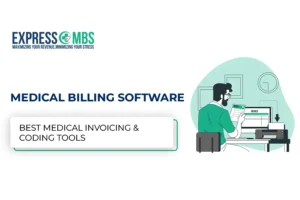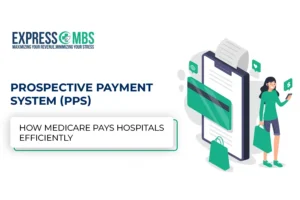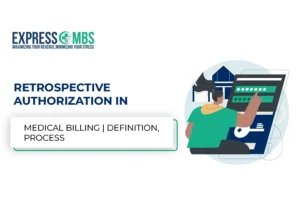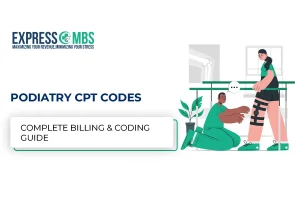
Top Medical Billing Software 2025 | Best Medical Invoicing & Coding Tools
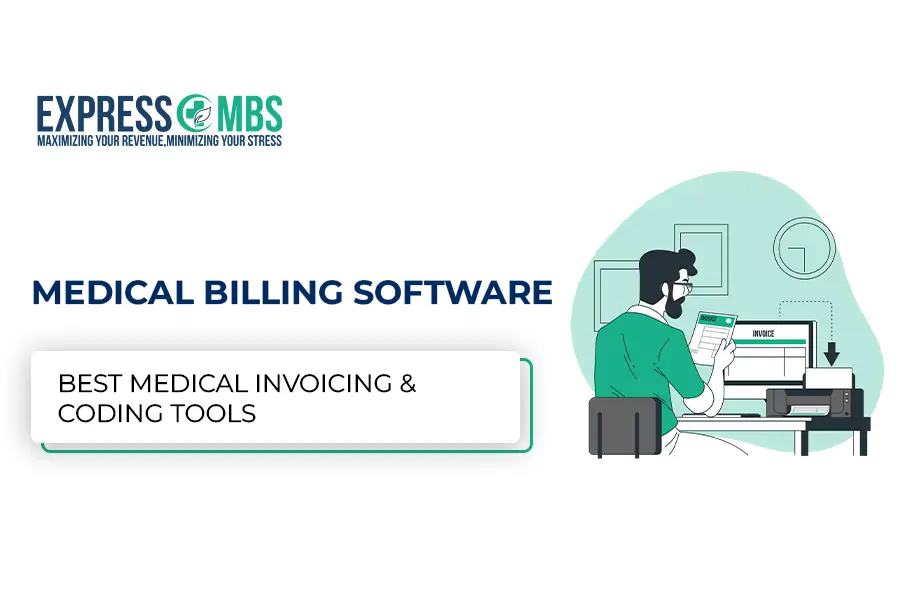
Medical billing software automates the entire healthcare revenue cycle, from claim creation and submission to payment posting and denial management. It integrates with EHR systems, ensures HIPAA compliance, and helps healthcare providers improve cash flow, reduce errors, and enhance efficiency.
The best medical invoicing software solutions like CureMD, Tebra, AdvanceMD, and Athena health combine automation, analytics, and AI to deliver faster reimbursements and improved financial outcomes.
What Is Medical Billing Software?
Medical billing software is a digital platform used by healthcare practices to manage billing, insurance claims, and patient payments efficiently. It simplifies administrative workflows, reduces human error, and accelerates reimbursement by automating claim creation, submission, and tracking.
In simple terms, it replaces manual billing with a smarter, automated system that connects patients, providers, and payers through one streamlined process.
Medical Billing Software Meaning
It’s a specialized healthcare management software that helps providers handle everything from insurance eligibility verification to denial resolution.
Core Functions of Medical Billing Software
The right medical billing software doesn’t just send claims, it optimizes the entire revenue cycle management (RCM) process.
1. Claim Management
Automates claim creation, claim scrubbing, and submission to ensure clean claims and faster approval.
2. Patient Billing & Invoicing
Acts as medical invoicing software — generating patient bills, tracking payments, and managing statements.
3. Revenue Cycle Management (RCM)
Monitors every stage of the billing process, from patient registration to final payment collection.
4. Denial Resolution
Flags and resolves denied claims, helping providers minimize revenue loss and maintain a healthy cash flow.
5. Reporting and Analytics
Generates insights into key performance indicators (KPIs), including reimbursement rates, claim status, and payment trends.
Key Features of Medical Billing Software
1. EHR Integration
Integrates seamlessly with Electronic Health Records (EHR) for accurate patient data sharing and coding efficiency.
2. Automation & AI
Uses artificial intelligence to automate repetitive tasks, verify patient eligibility, and recommend accurate medical codes.
3. Real-Time Eligibility Verification
Checks insurance coverage instantly for Medicare, Medicaid, and private insurance, reducing claim rejections.
4. HIPAA Compliance
Ensures all transactions meet strict security and privacy standards under the Health Insurance Portability and Accountability Act (HIPAA).
5. Multi-Specialty Support
Supports diverse practices, from small clinics to hospitals, across specialties like radiology, cardiology, psychiatry, and primary care.
Top 10 Medical Billing Software in 2025
Choosing the right billing platform depends on your specialty, patient volume, and budget. Here are some of the best options:
Software Name | Key Features | Best For |
CureMD | Integrated EHR, claim scrubbing, and AI-driven billing tools | Multi-specialty practices |
AdvancedMD | Customizable workflows, automation, and analytics | Large medical groups |
Athenahealth | Cloud-based billing and EHR integration | Hospitals & enterprise providers |
Tebra (Kareo + PatientPop) | Seamless partner billing and practice management | Independent practices |
RCM automation and compliance monitoring | Medium-to-large healthcare networks | |
EZClaim | Affordable and user-friendly medical invoicing software | Small businesses and clinics |
DrChrono | EHR integration, billing dashboards, mobile support | Telehealth providers |
ImagineSoftware | AI-powered revenue cycle management tools | Specialty practices |
PracticeSuite | Cloud-based RCM with multi-location support | Multi-practice groups |
RXNT | Real-time reporting and patient portal | Solo practitioners |
Medical Billing Software for Small Businesses
For small medical practices, budget-friendly and easy-to-use billing software is crucial. Solutions like EZClaim, Practice Suite, and CureMD offer:
- Affordable pricing
- Simple setup
- Cloud-based accessibility
- Quick patient eligibility checks
- Integrated invoicing and reporting tools
These tools allow small clinics to automate claims without needing large billing teams.
What Software Is Used for Medical Billing and Coding?
Most billing systems integrate medical coding software to ensure accurate CPT, ICD-10, and HCPCS code usage. Some of the best billing and coding tools include:
- Advanced MD (automated coding assistance)
- CureMD (real-time ICD-10 updates)
- DrChrono (AI-supported coding)
- Tebra (integrated claim and coding workflows)
Benefits of Using Medical Billing Software
Faster Reimbursements – Automation reduces claim submission time.
Fewer Errors – Claim scrubbing detects coding and data entry mistakes early.
Better Compliance – Built-in HIPAA and payer policy updates.
Enhanced Transparency – Clear tracking for both patients and providers.
Data Insights – Helps analyze performance, identify bottlenecks, and improve cash flow.
Challenges without Billing Software
Practices relying on manual billing often face:
- Delayed payments due to claim rejections
- Data errors and missed codes
- Compliance risks with outdated forms
- Lack of visibility into claim performance
Implementing medical billing software transforms your administrative workflow and ensures every dollar is properly accounted for.
Why Medical Billing Software Is Important in 2025
As insurance regulations and payer requirements evolve, manual billing is no longer sustainable. AI-driven billing platforms now help practices stay compliant, improve cash flow, and free up time for patient care instead of paperwork.
Whether you’re managing a solo practice or a multi-specialty clinic, investing in reliable medical insurance billing software ensures financial accuracy and peace of mind.
Final Thoughts
Medical billing software has become the backbone of modern healthcare administration. By automating claims, integrating with EHRs, and ensuring compliance, it empowers providers to focus on what truly matters, patient care.
As technology advances, tools like CureMD, Tebra, and AdvanceMD continue to redefine efficiency, making billing faster, smarter, and more transparent.
Partnering with the right medical billing software provider ensures your practice maximizes reimbursements, minimizes denials, and keeps your revenue cycle healthy.
Frequently Asked Questions (FAQs)
It’s a digital tool that automates insurance claim processing, patient invoicing, and payment management for healthcare providers.
Popular systems include CureMD, AdvancedMD, Athenahealth, and EZClaim, all offering integrated coding and billing features.
EZClaim, PracticeSuite, and RXNT are ideal for small practices due to their affordability and ease of use.
Yes, most top billing systems are HIPAA compliant, ensuring data security and privacy for patient records.
By automating claim submission, tracking denials, and providing real-time insights, it increases clean claim rates and reduces administrative work.

